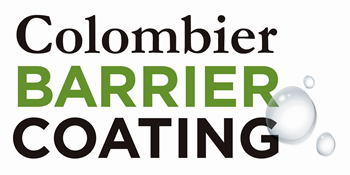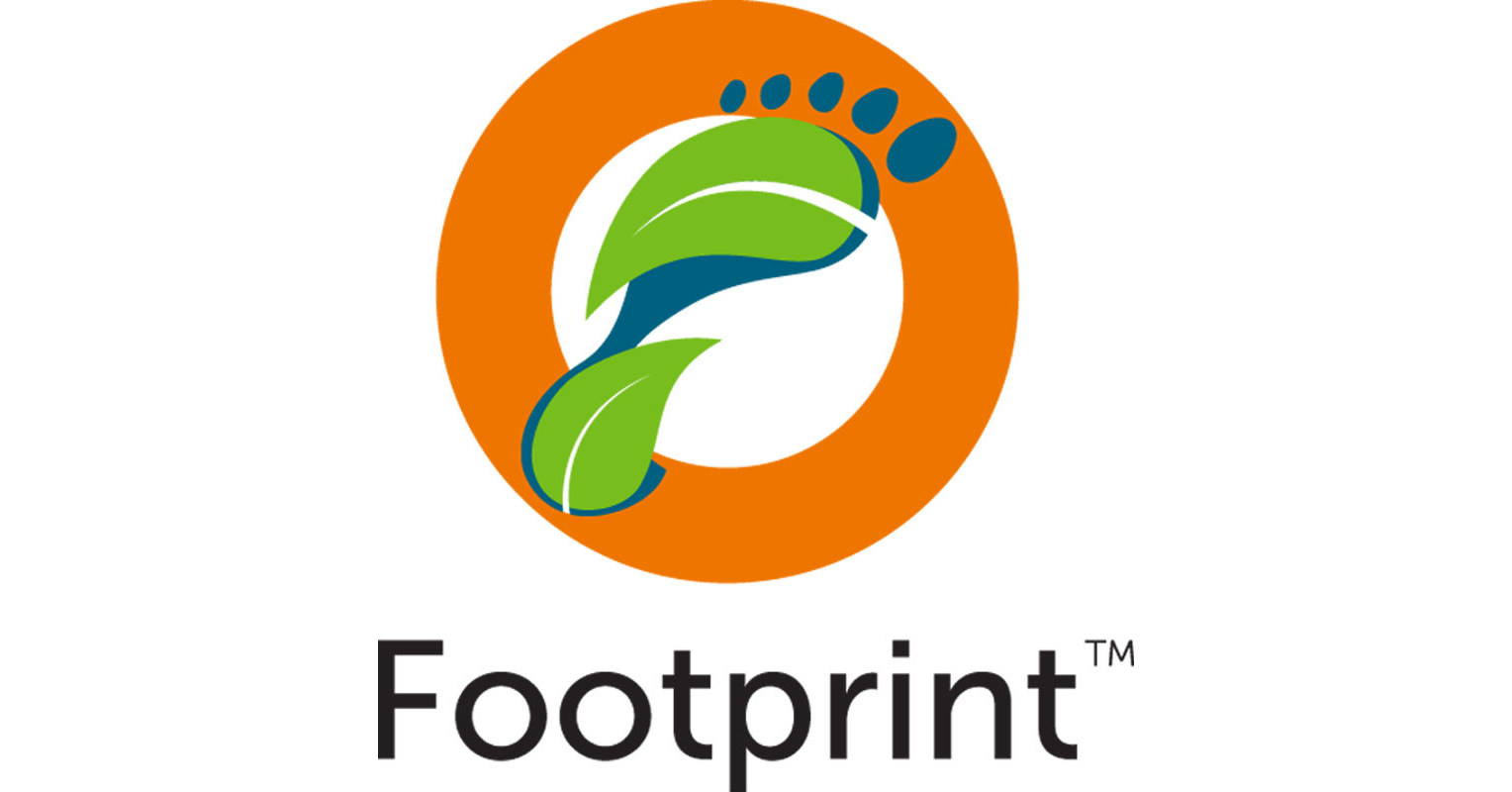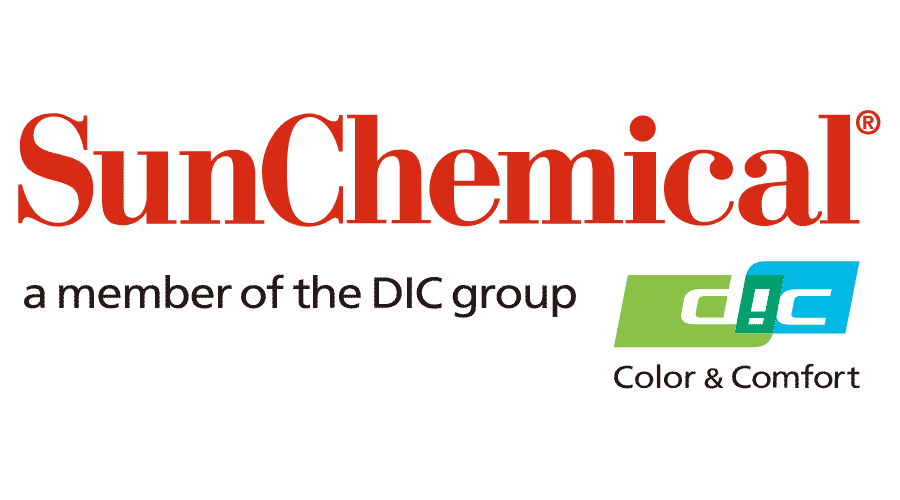Advancing Design & Materials Innovation
Exploring new design approaches & climate-friendly materials
Decisions made early on in the design stage determine a product’s life-cycle and circularity. A circular economy is consciously designed to use fewer, more climate-friendly materials in the production and delivery of products and to keep existing materials in circulation at their highest value for as long as possible.
Today, a new generation of circular economy-minded designers are on the forefront of material science and design innovation, reevaluating the format of products and what goes into them to enable a waste-free future.
To avoid replacing one problem with another in the transition from where we are today and where we need to go, we must ask of any new material: how does it affect human health during its manufacture, distribution and at the end of its use? What are this new material’s impacts on the environment, in terms of raw material extraction, carbon footprint, alignment with recycling or recovery infrastructure, and potential for it to leak outside its intended use? Have we rigorously tested and refined the new solution?
Across Closed Loop Partners and our Center for the Circular Economy, we are examining the role of design and material innovation to advance the recyclability, compostability and recoverability of packaging.
Research & Insights
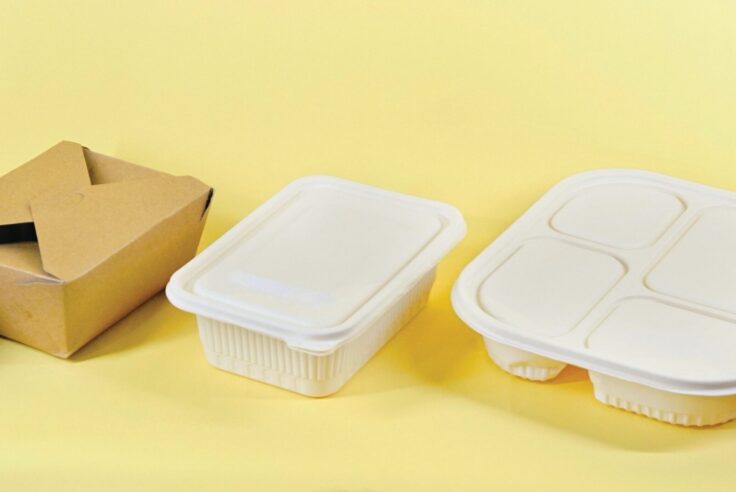
Research
Unpacking Labeling and Design: U.S. Consumer Perception…
This report unpacks effective design and labeling techniques…
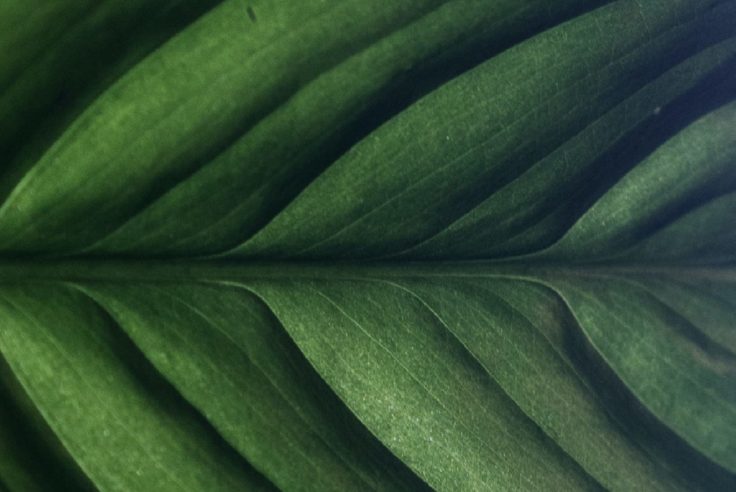
Research
Navigating Plastic Alternatives In a Circular Economy
A report to demystify the rapidly growing and evolving…
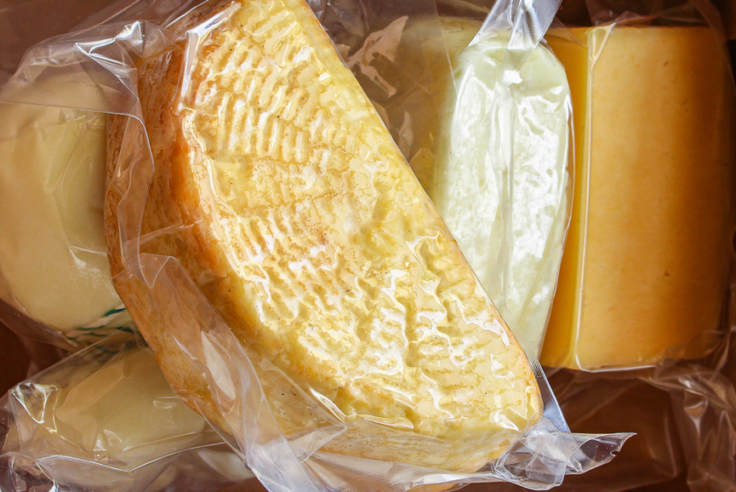
Blog Post
To Package or Not to Package? 3 Critical Steps to Advance…
Kate Daly, Managing Director of the Center for the…
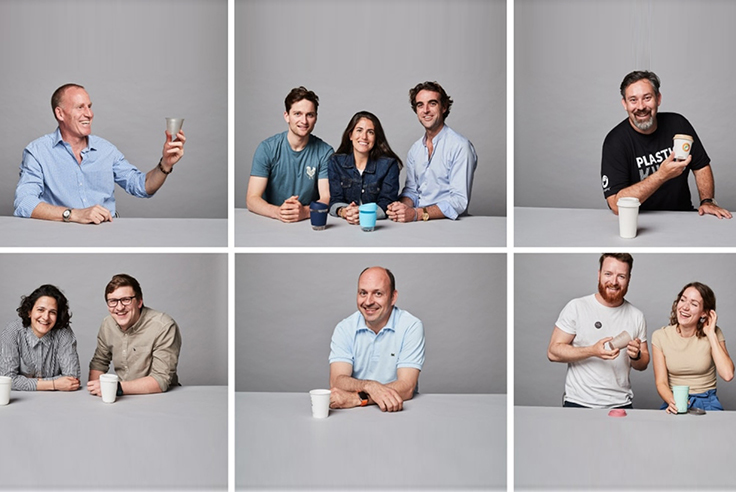
Blog Post
How to Use Design Thinking to Advance Systemic Change,…
Amid burbling espresso machines and towering stacks…
Innovative Materials Category: NextGen Cup Challenge Winners
These innovative cup & cup liners, and cups made of new materials, are among the winners of the NextGen Cup Challenge.
C.E.E.R. SCHISLER
C.E.E.R. SCHISLER creates a 100% paper cup that is home compostable and recyclable.
Colombier Group
Colombier Group creates a recyclable and compostable barrier for paperboard cups.
Footprint US
Footprint US creates cups, lids and straws that are fully formed fiber-based solutions, with an aqueous-based coating that is recyclable and compostable.
Kotkamills Oy
Kotkamills Oy creates plastic-free, recyclable and compostable cupstock material that can be processed into cups at existing cup making machines.
PTT MCC Biochem Company Limited
PTT MCC Biochem Company Limited creates a coated paper cup that is recyclable and home compostable.
Solenis LLC
Solenis LLC creates a barrier coating that is recyclable and compostable.
Sun Chemical Corporation
Sun Chemical Corporation creates inks and coatings that are recyclable and compostable.
WestRock Corporation
WestRock Corporation creates a recyclable and compostable paperboard solution to cups.
Solublue Ltd.
Solublue Ltd. creates plant-based, food grade and non-toxic products that biodegrade after use.
Innovative Materials Category: Beyond the Bag Challenge Winners
These bags made of innovative materials are among the winners of the Beyond the Bag Challenge.
Domtar
Domtar is developing a new bio-based, recyclable material of 100% cellulose fiber, but with stretchable and more durable properties.
PlasticFri
PlasticFri transforms agricultural waste, non-edible plants and other renewable resources into valuable bio-based products. Their Starch-Based Compostable Bag offers a new bag alternative for consumers.
Sway
Sway creates replacements for traditional plastic derived from seaweed. Their bags are bio-based, compostable, and designed to be carbon-negative.


